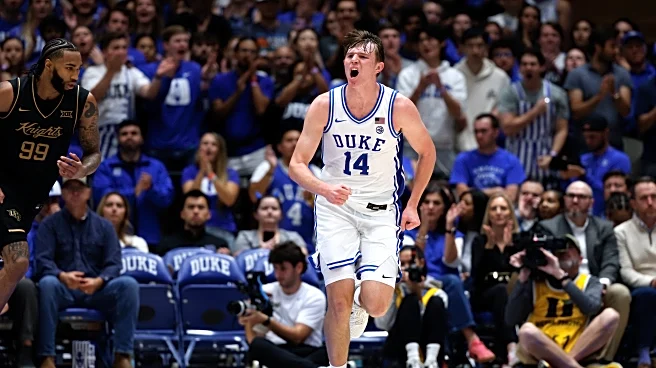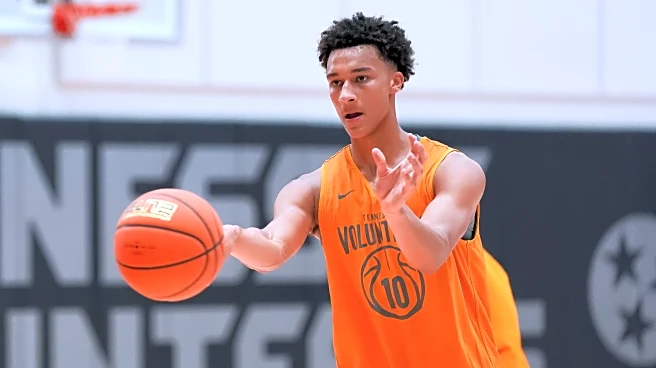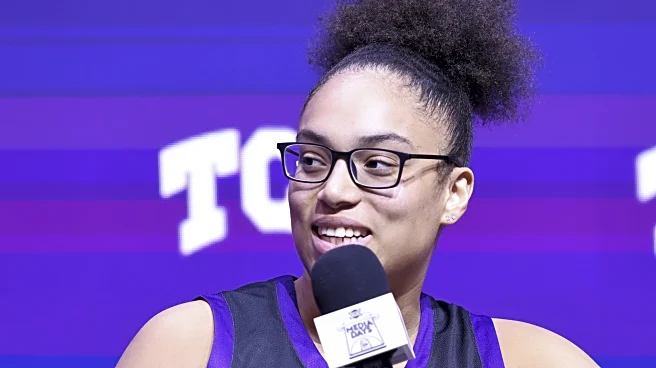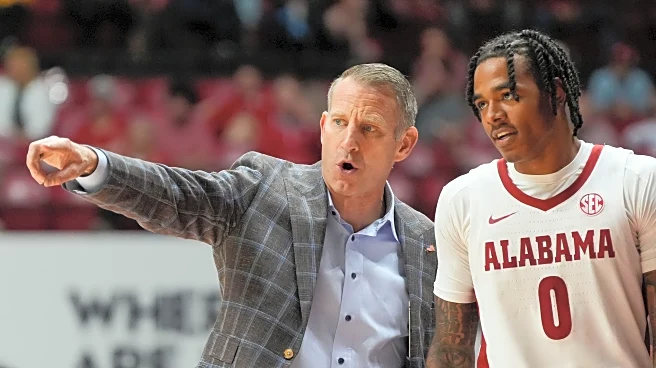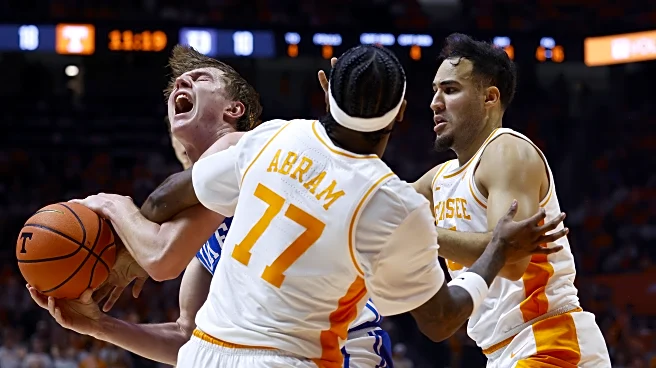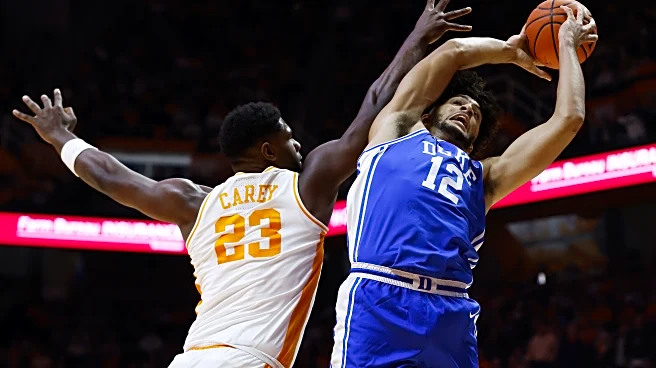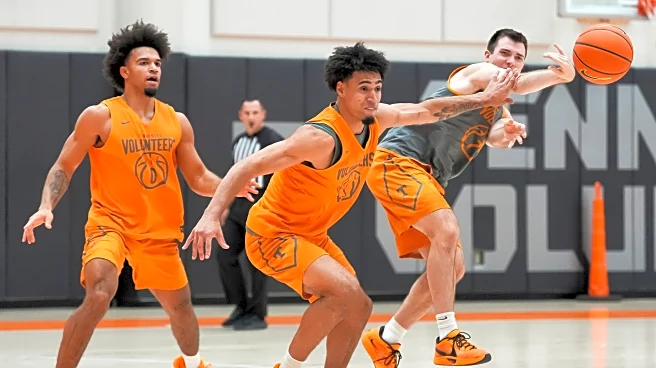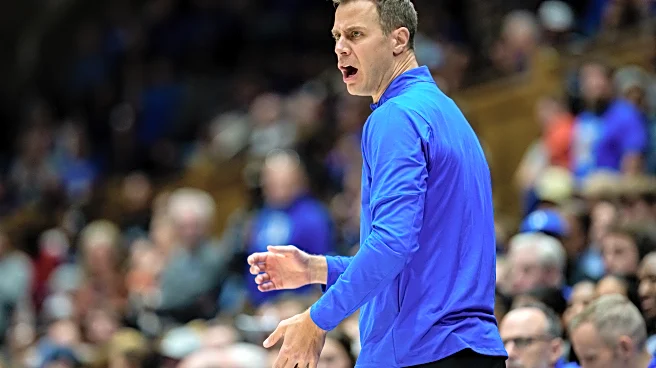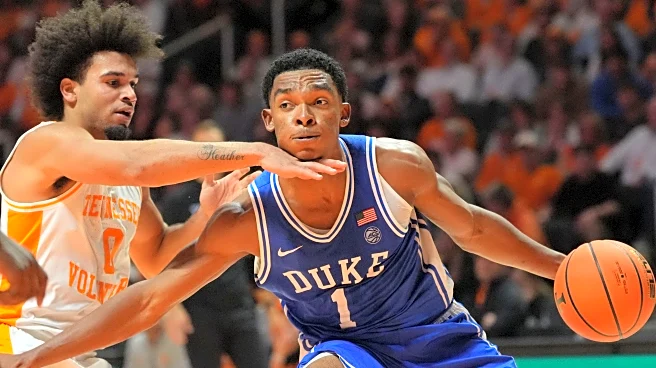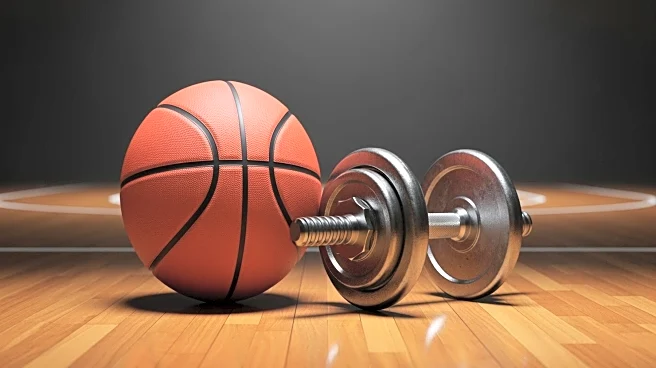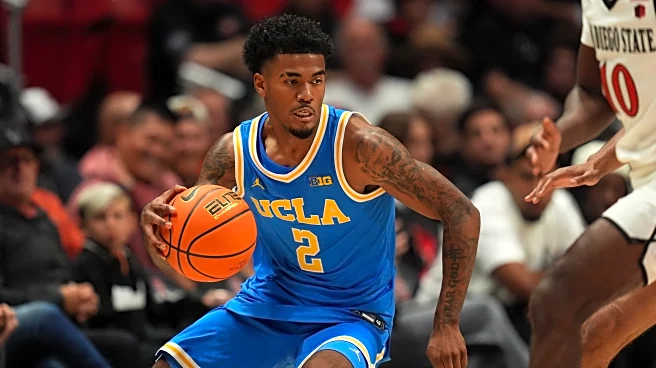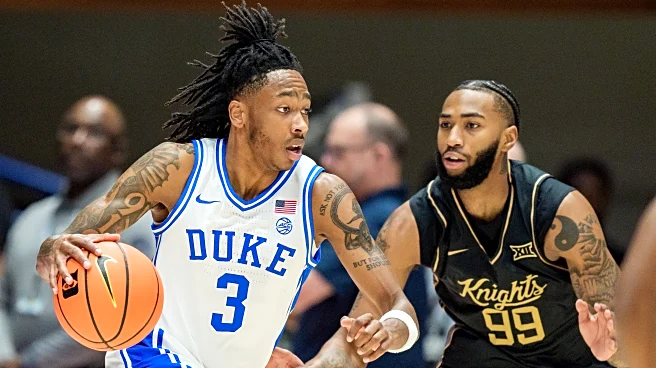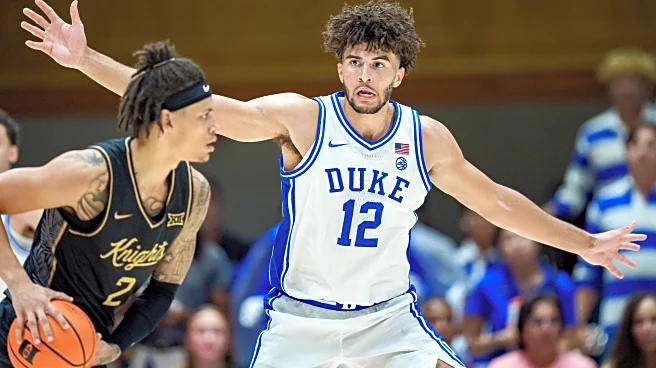How you view Duke’s performance after two exhibitions says a lot about whether you are a “glass half full” or “glass half empty” fan.
The optimistic bunch will be focused on two victories over power conference opponents in games that looked like exhibitions in name only. That, plus two transcendent performances from Cameron Boozer—had Sunday night’s contest at Tennessee not been an exhibition, it would arguably have been one of the top performances by a freshman Blue Devil ever—alongside strong performances from front-court
mates Nik Khamenia and Pat Ngongba.
The pessimistic group will be focused on the performance of Duke’s guards. Caleb Foster scored a total of eight points over both exhibition contests. Cayden Boozer served in a clear backup role, particularly in the more competitive contest against Tennessee, and following a stronger performance against UCF was -10 in his time on the court in Knoxville.
The optimists are over the moon about the team’s performance and the playmaking upside of Cameron Boozer. The pessimists are concerned about the lack of a traditional, playmaking point guard in this group of Blue Devils. Surprisingly, they’re both right.
One of the most conspicuous aspects of the Blue Devils’ offensive strategy in these exhibitions was how the playmaking duties were not foisted primarily on Foster or Cayden Boozer. Against Tennessee, Khamenia was the one who primarily operated on the top of the key. Cameron Boozer and Ngongba were also handling an unusual share of the playmaking burden—some of Duke’s prettiest highlights came when these bigs played the two-man game together.
The box score backs up the eye test to this point. Cameron Boozer led Duke in assists against Tennessee with 6, followed by Ngongba’s 3. Foster and Cayden Boozer combined for 3 total. Against UCF, Foster and Cayden Boozer had a more palatable 9 total assists (in a better collective offensive effort), but Cameron Boozer and Ngongba themselves combined for 6 dimes.
So, are Duke’s bigs overperforming or are their guards underperforming? The answer may not be black and white. It seems as if Jon Scheyer is embracing the next evolution of positionless basketball, recognizing his forwards (including Khamenia) are, using his terminology, the team’s best “connectors.” If that’s the case, neither position group is performing abnormally; rather, Scheyer has implemented a style of play that will seem somewhat inverted to a basketball traditionalist. Further evidence to this point is that, despite a sparse showing in the box score, Scheyer stuck with Foster against Tennessee (the junior played 29 minutes, third on the team)—if he wasn’t fulfilling his role, Cayden Boozer likely would’ve gotten more than 15 minutes of action.
Time (and games that count) will tell whether this is the long-term strategy, but it’s worth remembering who Duke was missing in these contests: Maliq Brown. While Brown’s calling card is his defense, he was also a strong passer on the offensive side in his junior year in Durham. When added to the mix with Khamenia, Cameron Boozer, and Ngongba, that group may simply be the best passers in Duke blue this season. If so, it’s a testament to Scheyer’s flexibility as a coach that he’s adjusted his system to have the ball run through his hands, rather than hamstringing his team by holding too tightly to old-school notions about what a point guard must be.
Go to the DBR Boards to find Blue Healer Auctions | Drop us a line